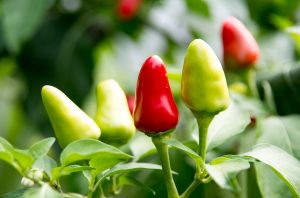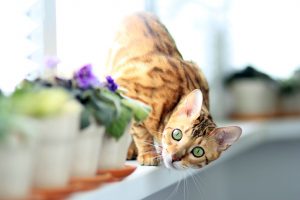The best recipes call for fresh herbs rather than their dried equivalents that are found on the spice aisle in the grocery store. Fresh herbs add a delightful flavor and zest to foods that just doesn’t compare to dried spices to the trained palette. What is the ardent gourmet cook to do when the plebian local grocery store caters to only the mediocre taste buds? Consider growing your own herbs indoors, of course! If you want that just right flavor and aroma for your gourmet dishes, it’s worth a little extra effort to have your own supply of completely fresh herbs.
If herbs have a delicate flavor, does that mean the plant is also delicate?

In garden language, that means herb plants will totally dominate and take over an area. To save your garden from this invasiveness, it’s much simpler to grow herbs indoors in a dedicated location. Begin your garden by picking out a variety of small to medium flowerpots with drainage holes.
Your selection looks best if the pots match your decor. The herbs that you select should interest you and maybe even look good in your room’s surroundings. When you scoop in potting soil, be sure to prepare the soil according to the bag’s planting directions.
Decide which herbs are your favorites that you would like to try growing.
Any of these herbs make a good choice for starting your herb growing adventure: basil, thyme, sage, chives, and rosemary. Purchase a packet of seeds or starter plants from your local greenhouse or nursery. If it is winter and your local garden centers are closed, you can buy seed packets online any time of year. Plant herb seeds according to the package directions, being careful not to plant the tiny seeds too deep.

If you don’t think you can grow a garden on your own, consider purchasing the Chia pet, which is made for anyone to grow. As your herbs grow, simply sheer off the fresh herb with a kitchen scissors. In no time, you’ll find out why these homegrown herbs are so much better tasting inside your homemade gourmet dishes.
